Asakusa Kannon Temple
(Sensoji)
_________________________________________________________________
Asakusa Kannon Temple, which dates to 645 AD, and is known as the city’s most famous Buddhist religious site. Listen as your guide details the temples fascinating history and then admire its idyllic gardens, intricate architecture and sturdy gates. Next exit the temple via the Hozomon Gate, continuing on to the Nakamise shopping area, a commercial district where you can browse the many vendors offering traditional Japanese souvenirs and snacks.
Read more about Tokyo Highlights Afternoon Tour and Sumida River Cruise 2017 – Tokyo at: https://www.viator.com/tours/Tokyo/Tokyo-Highlights-Afternoon-Tour-and-Sumida-River-Cruise/d334-2142TYO_A020?pub=vcps
___________________________________________________________________
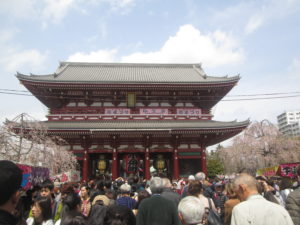

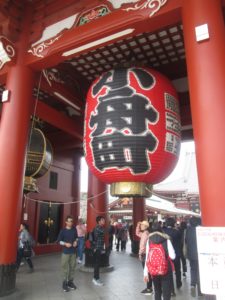
Kaminari-mon (Thunder gate) is the main entrance to the temple.
It was reconstructed in 1972 after long years since 1923
when the great earthquake destroyed the old gate building.
Although it seems like built of wood, it is a reinforced concrete building
It was reconstructed in 1972 after long years since 1923
when the great earthquake destroyed the old gate building.
Although it seems like built of wood, it is a reinforced concrete building
The big lantern hanging from the ceiling of the gate is covered with letters
meaning the name of a town adherent to the temple.
To the right is the five storied pagoda.
meaning the name of a town adherent to the temple.
To the right is the five storied pagoda.
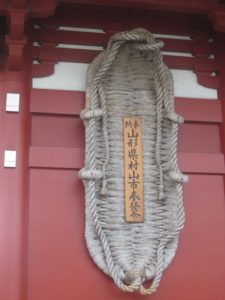
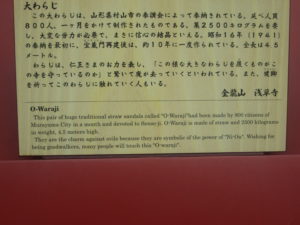
The Sign says: O-Wardji This pair of huge straw sandals on either side is called O-Wardji have been made by 800 citizens of Murayama city devoted to Senso- ji. O-Wardji is made of straw and is 2500 kgs. in weight & 4.5 metres high.
They are the charm against evil because they are symbolic of the power of ‘Ni-oo’ Wishing for being good walkers, many people will touch the O-Wardji.
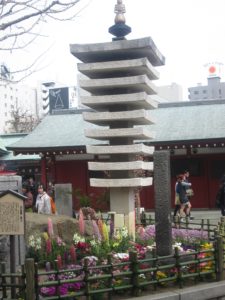
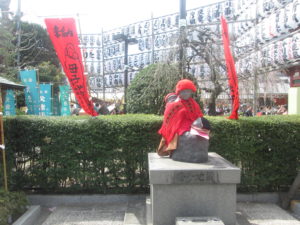
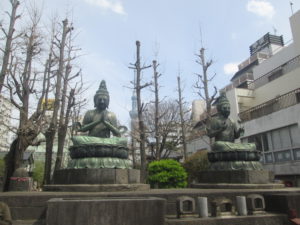
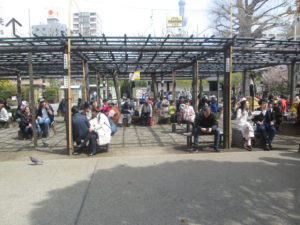
…. The lunch eating area … a sense of defined enclosure amidst large flowing spaces …..
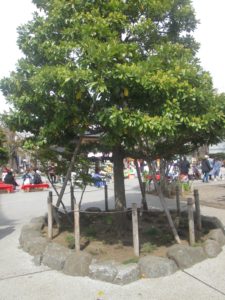
… a tree growing in the temple grounds …
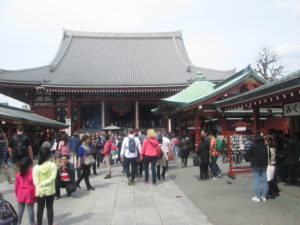
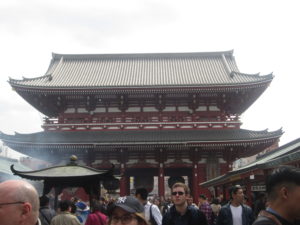
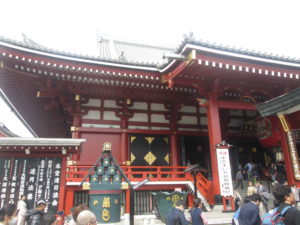
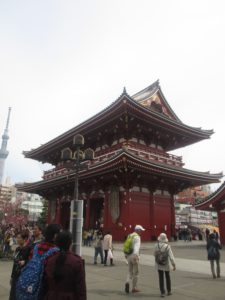
…. Pagoda and Main Hall of Sensoji Temple, Asakusa, Tokyo ….
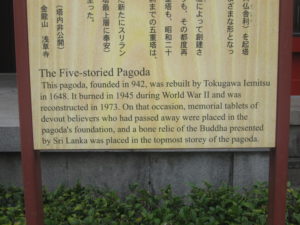
The Sign Says: Five Storied Pagoda
The Pagoda, founded in 942 AD. was rebuilt by Tokugawa Iemitsu in 1648. It was burned in 1945 during World War 11 and was reconstructed in1973. On that occasion, memorial tablets of devout believers who had passed away were placed in the pagoda’s foundations. A bone relic of the Buddha presented by Sri Lanka was placed the top most storey of the pagoda.
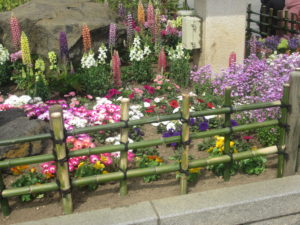
… Beautiful eye-catching beds of flowers …..
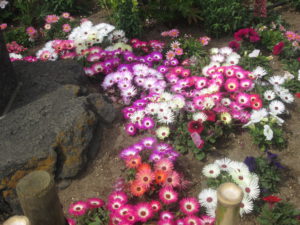


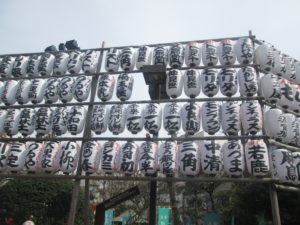
Paper lantern
From Wikipedia, the free encyclopedia
A paper lantern is a lantern made of thin, brightly colored paper.[1] Paper lanterns come in various shapes and sizes, as well as various methods of construction. In their simplest form, they are simply a paper bag with a candle placed inside, although more complicated lanterns consist of a collapsible bamboo or metal frame of hoops covered with tough paper. Sometimes, other lanterns can be made out of colored silk (usually red) or vinyl. Silk lanterns are also collapsible with a metal expander and are decorated with Chinese characters and/or designs. The vinyl lanterns are more durable; they can resist rain, sunlight, and wind. Paper lanterns do not last very long, they soon break, and silk lanterns last longer. The gold paper on them will soon fade away to a pale white, and the red silk will become a mix between pink and red.
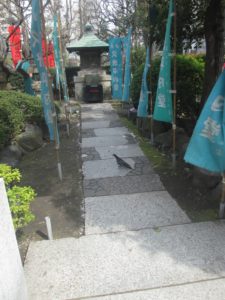
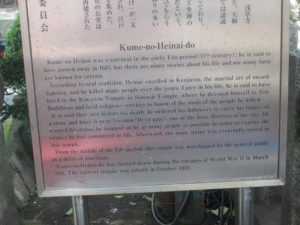
The sign above says in essence : Kume -no Hemai-do
This man was a Samurai the early Edo period (17th Century) who died in1683. He excelled in Kenjutsu (martial art of sword fighting) and killed many people. Later in his life he did a 180 degree turn around and became very caring for people. He became very involved with this temple.
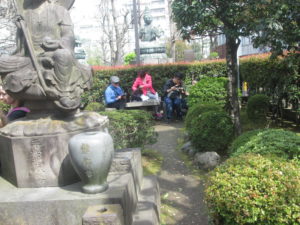
…. People eating their lunch in small planted courtyard ….
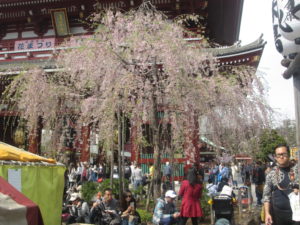
…. A Cherry tree in full bloom ….
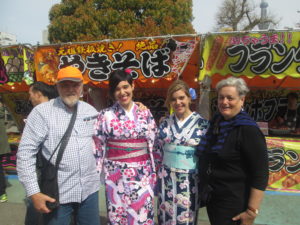
Ken & Harriet being photographed with lovely Japanese women dressed in colourful Kimono style dresses ….
____________________________________________________________________________________________
